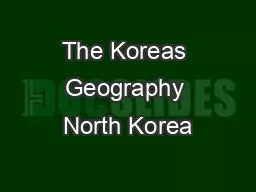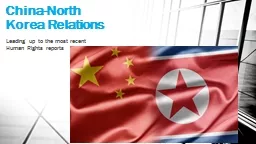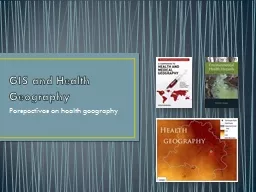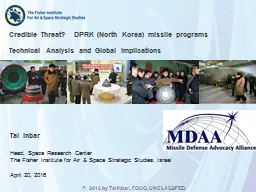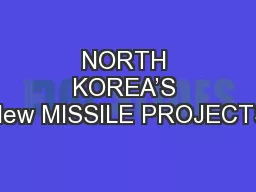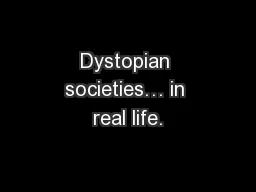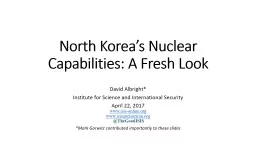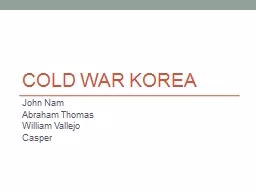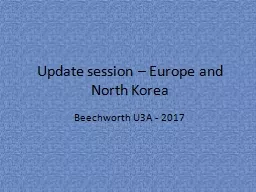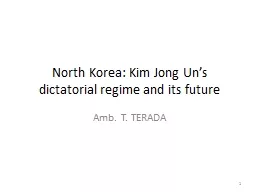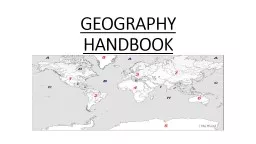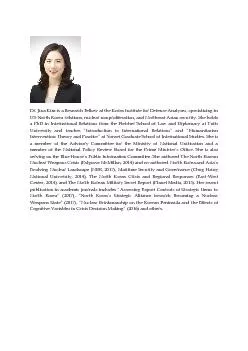PPT-The Koreas Geography North Korea
Author : beastialitybiker | Published Date : 2020-10-22
Find Korea Bay Haeju Yellow Sea Kanggye Yulu River Hyesan Tumen River Najin Taedong River Choongjin Imjin River Kinchaek Pyongyang Wonsan Sinuiju Sariwon
Presentation Embed Code
Download Presentation
Download Presentation The PPT/PDF document "The Koreas Geography North Korea" is the property of its rightful owner. Permission is granted to download and print the materials on this website for personal, non-commercial use only, and to display it on your personal computer provided you do not modify the materials and that you retain all copyright notices contained in the materials. By downloading content from our website, you accept the terms of this agreement.
The Koreas Geography North Korea: Transcript
Download Rules Of Document
"The Koreas Geography North Korea"The content belongs to its owner. You may download and print it for personal use, without modification, and keep all copyright notices. By downloading, you agree to these terms.
Related Documents

